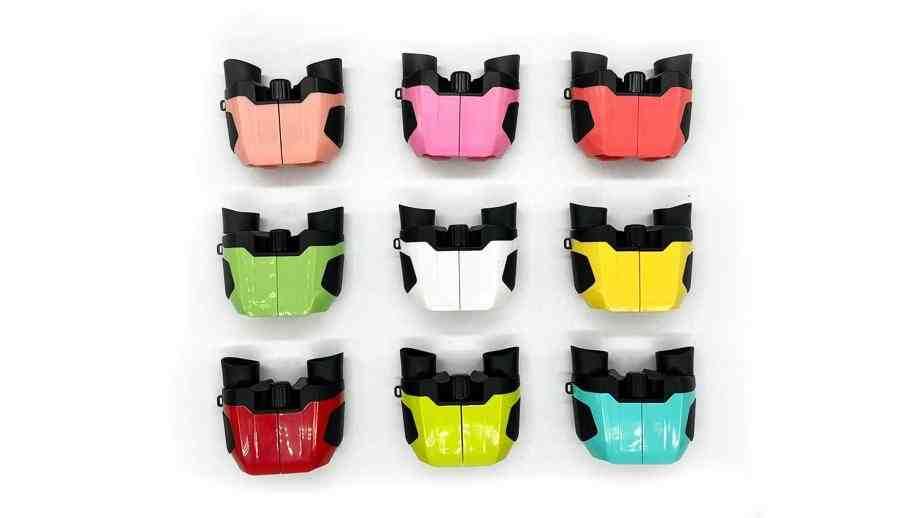Different Types of Binoculars and How to Choose

Different Types of Binoculars and How to Choose
Binoculars are essential tools for birdwatchers, travelers, hunters, sports fans, and outdoor adventurers. However, with so many types available, choosing the right pair can be confusing. This guide will help you understand the different types of binoculars and how to choose the best one for your needs.
Types of Binoculars by Prism Design
Porro Prism Binoculars
These are the traditional "Z-shaped" binoculars. The offset lenses provide a wider field of view and better depth perception. Porro prisms are generally more affordable and offer great image quality but are often bulkier and less waterproof.
Best for: Beginners, casual use, budget-conscious buyers.
Roof Prism Binoculars
With a straight-barrel design, roof prism binoculars are more compact, lightweight, and rugged. They are often sealed for waterproofing and durability but may be more expensive due to the complex internal optics.
Best for: Hikers, birdwatchers, travelers, and anyone needing a durable, portable option.
Types by Magnification and Objective Lens Size
Binoculars are usually labeled with two numbers, like 8×42 or 10×50:
The first number (e.g., 8 or 10) is the magnification—how much closer the object appears.
The second number (e.g., 42 or 50) is the objective lens diameter in millimeters, which affects how much light the binoculars gather.
Compact Binoculars (e.g., 8×25)
Lightweight and easy to carry, but may not perform well in low light.
Best for: Travel, concerts, daytime events.
Mid-Size Binoculars (e.g., 8×32, 10×32)
A balance between portability and performance. Suitable for most outdoor uses.
Best for: Hiking, sports, wildlife viewing.
Full-Size Binoculars (e.g., 10×42, 10×50)
Heavier, but provide brighter images and better detail—especially in low light.
Best for: Birdwatching, hunting, stargazing.
Special-Purpose Binoculars
Waterproof and Fog-Proof Binoculars
Sealed and nitrogen-purged to prevent moisture and fog. Ideal for use in rain, humidity, or marine environments.
Night Vision Binoculars
Use infrared or digital imaging to allow visibility in complete darkness. Typically powered by batteries and used for security, wildlife observation, or nighttime navigation.
Rangefinder Binoculars
Equipped with a built-in rangefinder, often used by hunters and golfers to measure distances accurately.
Key Factors to Consider When Choosing Binoculars
Purpose: Are you birdwatching, hiking, stargazing, or watching sports?
Magnification: 8× is easier to hold steady; 10× provides more detail but is harder to stabilize.
Weight & Size: Lighter binoculars are easier to carry but may sacrifice image quality.
Field of View: A wider view helps track moving objects—important for sports or wildlife.
Lens Coatings: Fully multi-coated optics provide brighter, sharper images.
Budget: High-quality binoculars can be an investment, but great entry-level options are also available.
Conclusion
With so many types of binoculars available, the best choice depends on your specific needs and preferences. Whether you're heading into the mountains or just watching a game from the stands, understanding the different features and categories can help you find the perfect pair. Take the time to compare options, test comfort and clarity, and choose binoculars that match your lifestyle.
- Art
- Causes
- Crafts
- Dance
- Drinks
- Film
- Fitness
- Food
- الألعاب
- Gardening
- Health
- الرئيسية
- Literature
- Music
- Networking
- أخرى
- Party
- Religion
- Shopping
- Sports
- Theater
- Wellness


